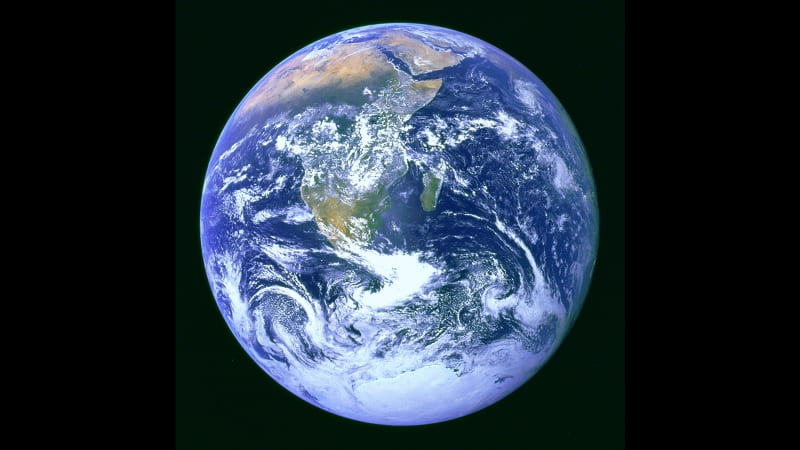MEASURING EARTH’S HEALTH
By: Carolyn Wilke

When I was visiting family this past week, my mother-in-law shared with us how she uses her Fitbit to keep track of how much she exercises, how well she sleeps, what she has been eating, and other lifestyle information. The numbers she watches—her number of steps, caloric intake, and so on—are “metrics” of her health and though they don’t tell her everything, they allow her to measure progress in keeping her health goals on a day-to-day basis.
Just like there are metrics that are helpful in tracking human health, it would be useful to have indicators for the health of the earth. We need these indicators because the earth is currently undergoing a period of great change. These changes are so drastic that scientists are considering naming a new geologic era (the “Anthropocene”), for the human activity that has brought it about, to differentiate it from the era defined by stability (the “Holocene”) that has encompassed the past 11,700 years.
What kind of indicators could help us understand whether the earth is healthy and stable? The complexity of our planet and the interconnectedness of its systems make it difficult to single out which variables are the most descriptive and informative.
Some scientists have recently proposed a set of metrics for this purpose. They examine the earth’s health by separating out aspects of the planet’s function into 13 distinct, but interrelated systems. They define a “system” as an aspect or environmental process that influences the stability of the earth. The scientists use metrics that describe these important systems and set a “planetary boundary,” which is a threshold value of the metric that should ensure stability of the earth’s condition in the future.
Some of these selected systems are very familiar, such as climate change; however, several of the systems that are at risk of crossing their threshold value are much less well known.
One of these at-risk systems is called “biogeochemical flows,” which monitors the release and fate of nitrogen and phosphorous in the environment. Nitrogen and phosphorous are used in crop fertilizers, which are usually applied in great excess. The excess chemicals can be washed into aquatic ecosystems where they can cause the growth of larges colonies of algae, which use up most of the water’s oxygen. This, in turn, leads to “dead zones” where the water is unsuitable for other organisms, such as fish. Collectively, these dead zones have a global impact large enough to affect the earth’s health.
Another system at high risk is “biosphere integrity” which describes the genetic diversity of species on earth. This boundary is important in a changing world because it reflects how current conditions and instability are affecting ecosystem resilience. The metric that is used for this system is the rate at which species extinctions occur. The current extinction rate is at least 10 times that of the last few million years.
Human activity will inevitably continue to impact our earth and lead to changes in its systems. Monitoring these proposed metrics and respecting the planetary boundaries can help us ensure the earth remains healthy and resilient.
